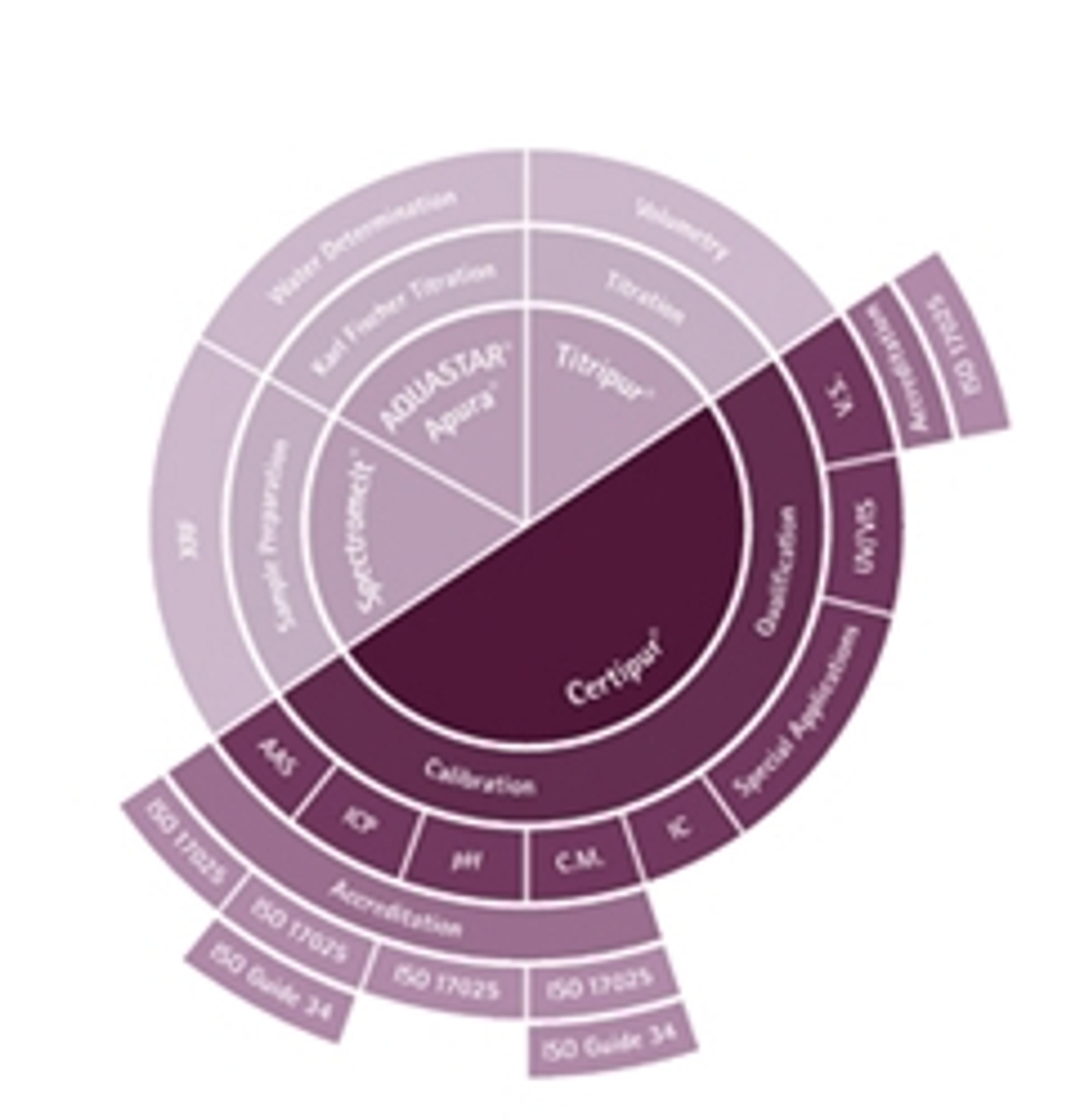Ensuring accuracy: An expert guide to selecting fit-for-purpose reference materials
Watch this on-demand webinar to learn how to select the right reference materials for your lab and improve the accuracy of your testing
2 Feb 2022

Reference materials are a critical component of a laboratory’s quality system. From calibration of measurement systems to validation of methods, reference materials ensure accuracy in testing. Different terminologies for reference materials can lead to confusion in determining the best fit-for-purpose reference, potentially impacting the accuracy of the testing method.
In this SelectScience® webinar, now available on demand, Derrell Johnson, Innovation Manager at Merck KGaA, explains important concepts such as metrological traceability, certificates of analysis, and stability, along with the different quality grades of reference materials. Johnson also looks at how selection of the proper quality grade can ensure optimal fit-for-purpose and testing accuracy.
Watch on demandRead on for the live Q&A session or register to watch the webinar at a time that suits you.
How does Merck monitor stability of its reference materials?
DJ: We monitor stability of our reference materials in two different ways. The first way focuses on the short-term stability that is needed to effectively transport the material from our manufacturing site to the end customer. That stability testing is typically done in our pre-formulation stage to best determine the diluent and storage temperatures needed for short-term transport.
The next type of stability testing we do is for long-term stability that is required for the shelf life or period of validity. This testing typically starts at the point of manufacture for the lot and continues over certain time period intervals where we test for solution stability, purity, and concentration. These testing intervals typically are between eight to twelve months on average. If our specifications are passed, then we continue along the retest journey up to the point that we start seeing degradation. At which point, we would note an expiration date.
The critical point here is to ensure that there's real-time stability data, not only for the short-term transport, but also for long-term storage and shelf life.
For Merck's reference material certification approach by mass balance, what is the purity factor measuring?
DJ: The purity factor gives a 360-degree view of the molecule. To determine the chromatographic impurity, we look at not only the purity of the material, but also any related substances or impurities. We typically use at least two evaluation techniques, usually liquid chromatography and gas chromatography.
In addition to the chromatographic purity, we also look at non-chromatographic impurities, such as anything that would exist outside of any type of chromatographic testing method. That starts with residual water, which we'll test by the Karl Fischer method. We look at residual solvents through GC headspace, and then also residual inorganic content, typically through residue on ignition.
We then take all the residual impurities together with the chromatographic purity, and determine that purity factor that's used for adjustment of the material and preparation of the certified reference material (CRM).
If a CRM has already lapsed its expiration dates by one year, will it still be valid to use if it's not yet opened from its original packaging?
DJ: For CRM, the expiration date is important as it's shown on the certificate of analysis. This offers a guarantee that the certified property value of the CRM will be maintained across the expiration date window, provided that it's stored unopened in its storage conditions. So, anytime an expiration date has lapsed or has passed, then we can no longer guarantee that certified property value.
In the example that I showed in the presentation around the ginsenoside mix stability, we had an expiration date for that mix of four years. Even in an unopened environment where the solution mix is under inert gas, and stored at the requisite temperature, we found degradation of at least one analyte going past four years. With any type of degradation, the certified property value and the concentration for that analyte could no longer be guaranteed. That is why it's important for a laboratory to observe the expiration date and storage conditions on the certificate of analysis, and to then be able to plan around the amount of time they have available to use that material before the expiration date. It is primarily to ensure the integrity of the certified property value.
Can you establish your own reference values of a reference material other than the ones indicated in the certificate of analysis?
DJ: It’s going to depend on the end use, and the particular method of the laboratory. In terms of fit for purpose for the reference material, is that reference material being taken and then manipulated further, such as being diluted into an organic solvent or spiked into a biological matrix, for example?
With a validated method, it would be possible for a laboratory to provide its own reference values, but that validated method has to be derived from a method that has used a CRM to validate it. It really comes back to the end use of the method, and if the proper validation and other work has been done through certified reference materials to have that validated method.
SelectScience runs 10+ webinars each month, discover more of our upcoming webinars>>

